Thomas Stevens was born on Foleshill in humble circumstances in 1828, one of a family of seven children. At this time Foleshill was a village outside the boundary of Coventry, and a large proportion of its people were engaged in weaving in their own homes. As a youth, Stevens learnt the art and craft of ribbon making with the Coventry firm of Pears & Franklin in Upper Well Street.
In 1854 he established his own weaving business at his home in Queen Street, Coventry and first products were flowered and fancy ribbons for which Coventry had long been famous. Unfortunately, they were soon to have passed their popularity. A Law passed in 1773, prohibiting the importation of foreign silks was abolished and the English market was flooded with duty free silks and brocades from France, Italy and Switzerland. Strikes resulted and looms stood idle. Thousands of Coventry workers were without work. Many left England for the Colonies and America, the industry turned from silk weavings to the manufacture of cotton goods. Thomas Stevens, then 32 years of age, faced a serious crisis. He either had to go out of business or find new and different work for his employees. From his childhood, looms had become the subject of exhaustive and continuous experiment, with the result that, when the depression struck in 1860, he had the answer to his problem. Soon he was experimenting with the development of Jacquard weaving to produce pictures.
Thomas Stevens began to produce silk weavings in such variety to appeal to all tastes and, by pricing them within reach of the modest purse stimulated the demand that would keep his workers in employment.Bookmarks were sold from 1862. He was also producing badges for schools, masonic and friendly societies, festivals and clubs, Foresters’ and Oddfellow sashes and also sashes for ladies. He introduced to the Admiralty a hat ribbon with the name of the ship woven in gold wire. This he patented and it was adopted. For many years he was the sole supplier to the Admiralty Contract Department. Many other hat bands were made, including one for the Salvation Army – my mother operated the loom that made it.
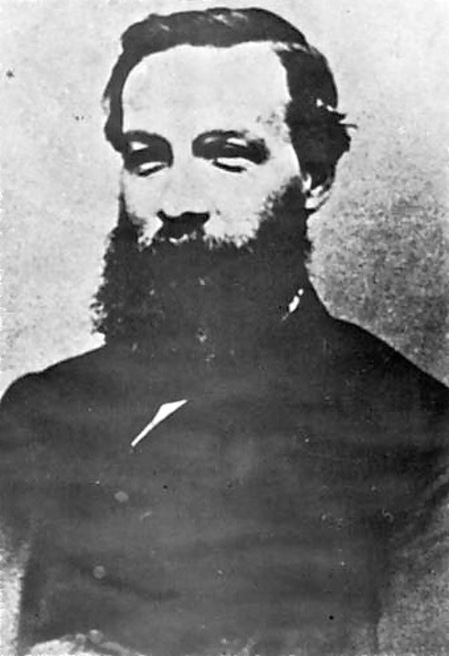
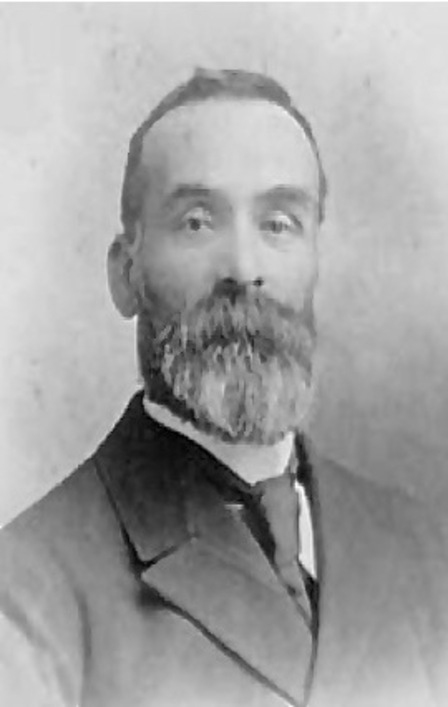
Thomas Stevens took out many patents for inventions and improvement in the weaving industry and was awarded with more than 30 prizes, medals and diplomas.
Success in his chosen field did not prevent Thomas Stevens being actively engaged in all worthwhile movements for the improvement of his city and the betterment of his fellow citizens. In 1868 , after the closure of the Great Crystal Palace Exhibition, he put forth great efforts toward urging that the profits be used for the establishment of an English Technical Institute. He also conceived the idea of setting up new and portable looms in various trade exhibitions. Here the silk products were woven before spectators.
Expanding business necessitated larger premises and Stevens moved from Queen Street to West Orchard and then to Much Park Street. In 1875 he built an imposing red-brick factory and warehouse in Cox Street.
Thomas Stevens moved to London in 1878 where he directed the London Branch while his two sons, Inger and Harry, continued successful operations in Cox Steet, together with the help of my grandfather, the brother of the founder. In September 1888 Thomas Stevens underwent a throat operation. Complications set in and he died on October 24th. Harry died soon after his father and Inger died in 1908 when the business became a private limited company with my father as General Works Manager.
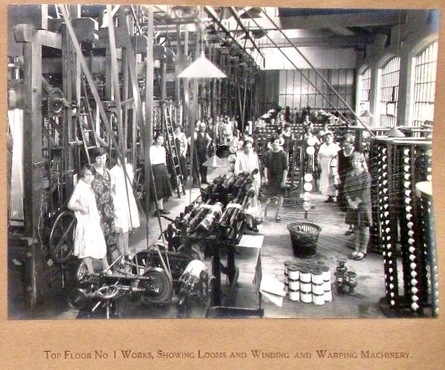
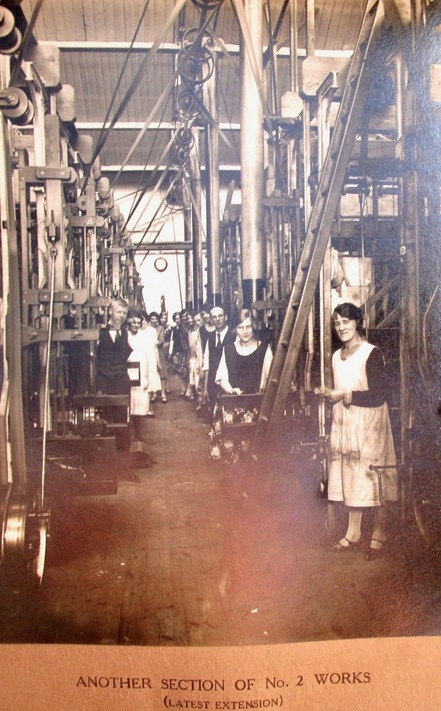
Funeral services for Thomas were held in London and he was buried in the family plot of the now ‘old cemetery’ in Coventry. His obituary in Stationary and Bookselling on November 22nd 1888 stated:
“By his equals he is respected, betters he had none, whilst those beneath him, in the eyes ofStevengraph Works Top Floor c.1910 and (below) another section the world , he was looked up to, and we might almost say revered as one of those cheering friends who are seldom found in business life. No monument is needed to perpetuate the memory of Thomas Stevens. By his indomitable energies and his ability he made a name which will endure for many generations and he leaves behind him a heritage and business, to which his sons ought to, and doubtless will, be proud to succeed”.
In 1940, when Coventry was heavily bombed, the Stevengraph works were completely demolished. My home next door to the factory suffered damage but comparatively little compared, and now (as written in 1960) my father, in his 91st year still resides there having started at the Stevengraph works in 1882.
My father accompanied a Stevens portable loom to many exhibitions, including the World’s Fair in Chicago in 1893, Antwerp, Glasgow, Manchester, Edinburgh and London. He started at the Stevengraph works in 1882. Conditions were vastly different then. He started work at 6am and worked until 5.45 pm making a 56 hour week.
Madeleine Simpson, Glasgow 1960
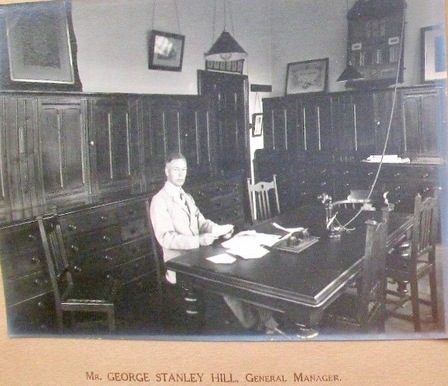
A footnote: After the factory was demolished in 1940, Madeleine’s home next door served as an office until 1945 when the firm was established as a subsidiary of Brough Nicholson and Hall Ltd. in Leek Staffordshire. Although Madeleine’s father became General Works Manager in 1908, Mr George Stanley Hill became General Manager (effectively Managing Director) and was succeeded by his son George Hill.